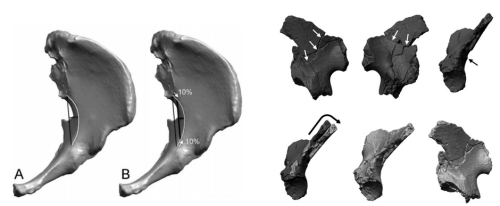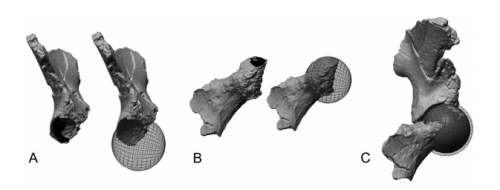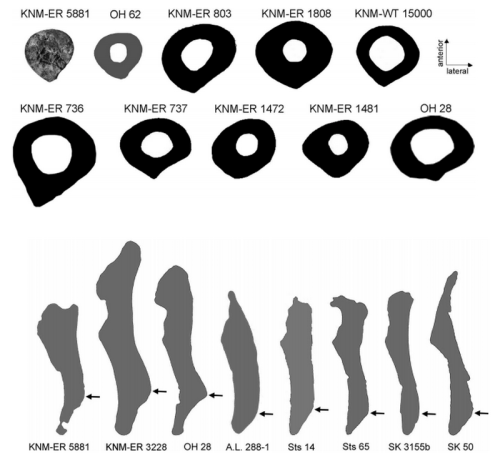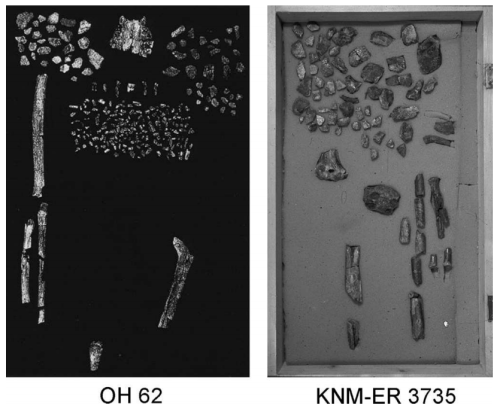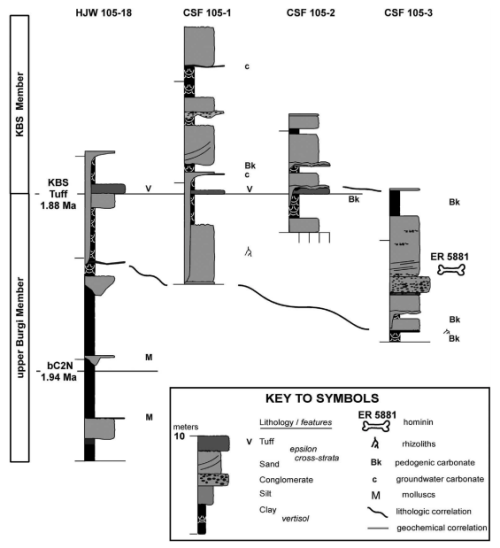#koobi fora
Associated ilium and femur from Koobi Fora, Kenya, and postcranial diversity in early Homo
- by Carol V. Ward, Craig S. Feibel, Ashley S. Hammond, Louise N. Leakey, Elizabeth A. Moffett, J. Michael Plavcan, Matthew M. Skinner, Fred Spoor and Meave G. Leakey
“During the evolution of hominins, it is generally accepted that there was a shift in postcranial morphology between Australopithecus and the genus Homo. Given the scarcity of associated remains of early Homo, however, relatively little is known about early Homo postcranial morphology. There are hintsof postcranial diversity among species, but our knowledge of the nature and extent of potential differences is limited. Here we present a new associated partial ilium and femur from Koobi Fora, Kenya, dating to 1.9 Ma (millions of years ago) that is clearly attributable to the genus Homo but documents a pattern of morphology not seen in eastern African early Homo erectus. The ilium and proximal femur share distinctive anatomy found only in Homo. However, the geometry of the femoral midshaft and contour of the pelvic inlet do not resemble that of any specimens attributed to H. erectus from eastern Africa. This new fossil confirms the presence of at least two postcranial morphotypes within early Homo, and documents diversity in postcranial morphology among early Homo species that may reflect underlying body form and/or adaptive differences” (read more/open access).
***Open source article for the stuff that’s been in the news a lot lately.
(Open access source:Journal of Human Evolution 81:48-67, 2015 via Academia.edu)
Post link


